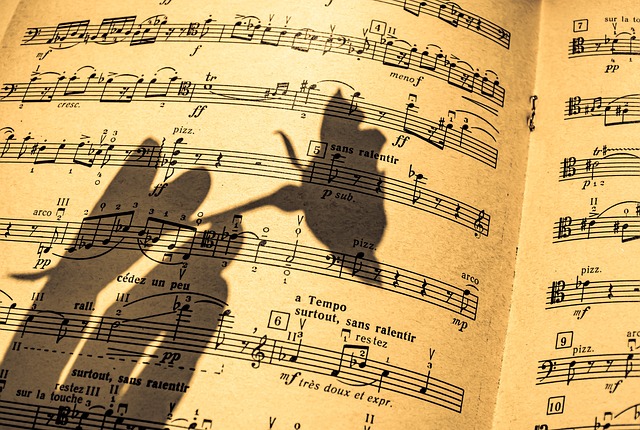Exploring the Intersection of Science and Modern Philosophy in Art Interpretation
Art has always been a mirror reflecting the complexities of human experience. Through the ages, grappling with the nuances of artistic expression has necessitated a framework that combines both emotional resonance and intellectual rigor. In recent years, the fields of science and modern philosophy have increasingly influenced the way we engage with art, creating a rich tapestry for deeper art interpretation.
At its core, art is a form of communication—a language that transcends verbal limitations. But how do we decode these visual messages? Traditional art interpretation often relied on historical context or aesthetic judgment. However, contemporary approaches encourage us to incorporate scientific insights, such as psychology and neuroaesthetics, into our understanding of art. By leveraging scientific methodologies, we can better grasp how artworks evoke emotions and provoke thought. For example, studies show that our brains respond to colors, shapes, and forms in specific ways—insights that can greatly enhance our appreciation of a piece.
In tandem, modern philosophy offers another lens through which to interpret art. Philosophers like Martin Heidegger and Hans-Georg Gadamer delve into the concept of hermeneutics, which focuses on understanding meaning through context. Their work emphasizes the importance of the viewer’s experience, suggesting that art is not static but rather a dynamic interaction between observer and artwork. The process of art interpretation becomes as much about the cultural, social, and temporal milieu of the viewer as it is about the artist’s intentions.
As we navigate this complex interaction, the boundaries between science and philosophy begin to blur. Consider how scientific inquiry into the nature of perception can be informed by philosophical discourse on meaning and context. When we engage with art through this multidimensional approach, we open ourselves to a richer experience, allowing us to appreciate not just the ‘what’ of the artwork, but the profound ‘why’ behind it.
In this journey into hermeneutics, we come to understand that art is an ever-evolving dialogue—not merely between the artist and their canvas, but also between the observer and the universe of interpretations that surrounds each piece. Embracing both scientific principles and philosophical ideas, we are empowered to dive deeper into the kaleidoscopic world of art interpretation, ultimately enriching our lives through this exploration.
Art, in its myriad forms, reflects the essence of human thought and creativity. By bridging the realms of science and modern philosophy, we foster a deeper understanding of the artworks that invite us into their world, sparking conversations that transcend time and cultural differences.




